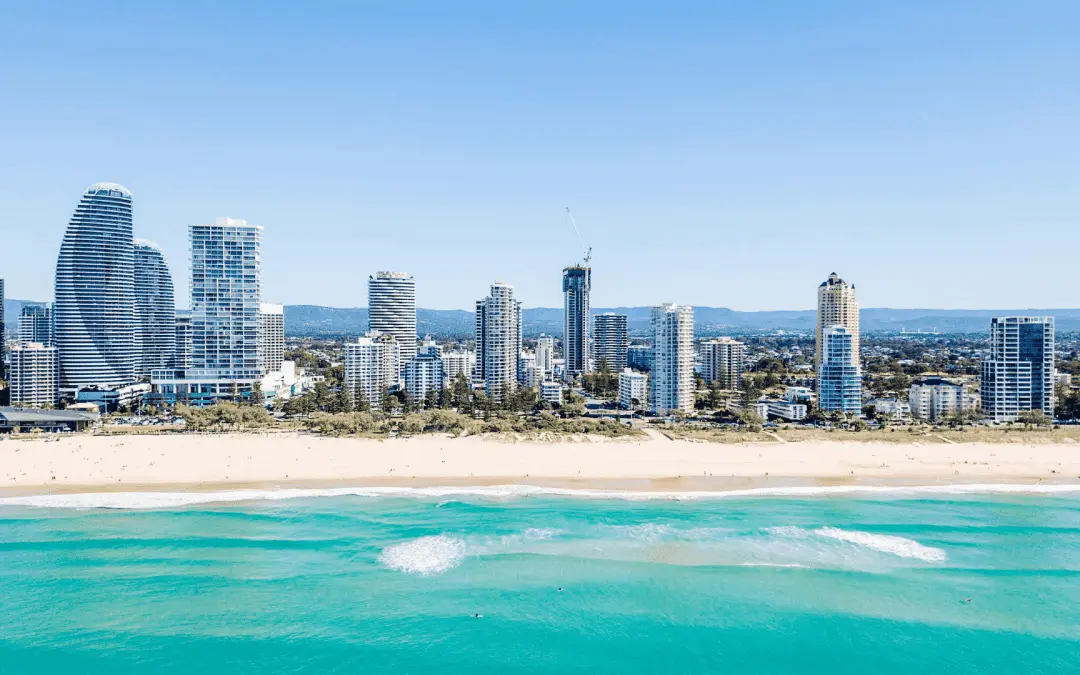Jobs
Working in Australia: Requirements and Procedures
By
Australia has long been a dream destination for professionals seeking better career opportunities, high-quality living, and a multicultural environment. With its thriving economy, demand for skilled workers, and friendly visa policies, it’s no surprise that people from all over the globe want to work in Australia. But what does it take to secure a job and work legally in this beautiful country? This guide breaks down the requirements and procedures to help you kickstart your journey to working in Australia.
Why Work in Australia?
Australia offers more than just breathtaking landscapes and sunny beaches. Here’s why it’s an attractive destination for job seekers:
- High Salaries: The average salary in Australia is among the highest in the world, making it financially rewarding to work here.
- Work-Life Balance: Australian employers prioritize employee well-being, ensuring a good work-life balance.
- Skilled Worker Demand: Industries like healthcare, IT, construction, and engineering are constantly seeking skilled professionals.
- Cultural Diversity: Working in Australia exposes you to a rich cultural mix and a friendly community.
- Pathway to Permanent Residency (PR): Many work visas in Australia offer a pathway to permanent residency, allowing you to settle long-term.
Step 1: Understand the Australian Work Visa System
To work in Australia, you’ll need a visa that permits employment. Here’s a breakdown of the most common work visas:
1. Temporary Skill Shortage (TSS) Visa (Subclass 482)
- Who It’s For: Skilled workers nominated by an Australian employer.
- Key Features:
- Valid for 2–4 years.
- Requires a skills assessment in your field.
- Occupations must be on the Skilled Occupation List (SOL).
2. Employer Nomination Scheme (ENS) Visa (Subclass 186)
- Who It’s For: Workers who have been nominated by an employer for a permanent position.
- Key Features:
- Leads to permanent residency.
- Requires skills matching an occupation in demand.
3. Skilled Independent Visa (Subclass 189)
- Who It’s For: Highly skilled professionals who are not sponsored by an employer.
- Key Features:
- Based on a points test (age, education, experience, language proficiency).
- Offers full work rights and permanent residency.
4. Working Holiday Visa (Subclass 417/462)
- Who It’s For: Young individuals (18–30/35 years) from eligible countries.
- Key Features:
- Allows temporary work while traveling in Australia.
5. Regional Sponsored Visa (Subclass 494)
- Who It’s For: Workers willing to live and work in regional areas of Australia.
- Key Features:
- Temporary visa with a pathway to PR.
Step 2: Meet the General Requirements
To qualify for any Australian work visa, you must meet certain basic requirements:
- Age Limit: Most work visas have an age limit of 45 years, except for a few exceptions.
- Skills Assessment: Your qualifications and work experience must be assessed by an approved assessing authority.
- English Language Proficiency: A good score in tests like IELTS, PTE, or TOEFL is mandatory for most visas.
- Health Requirements: You must undergo a medical examination to ensure you meet Australia’s health standards.
- Character Requirements: A police clearance certificate from your home country is necessary to prove good character.
- Occupational Demand: Ensure your occupation is listed on the Skilled Occupation List (SOL) or the Consolidated Sponsored Occupation List (CSOL).
Step 3: Find a Job in Australia
To boost your chances of securing a work visa, you need to land a job offer. Here’s how to search effectively:
- Online Job Portals:
- Seek (seek.com.au)
- Indeed Australia (au.indeed.com)
- Industry-Specific Sites: For niche industries like healthcare, mining, or education, explore sector-specific job boards.
- Networking:
- Attend job fairs.
- Join professional networks and forums in your industry.
- Connect with recruiters who specialize in hiring international candidates.
- Employer Sponsorship: Target employers with a history of sponsoring foreign workers. Websites like Job Outlook and Sponsored Jobs Australia can help identify such employers.
Step 4: Apply for a Work Visa
Once you’ve secured a job offer or decided on your visa type, follow these steps:
- Prepare Documentation:
- Valid passport
- Proof of qualifications and work experience
- English language test results
- Health and character certificates
- Create an Immigration Account: All visa applications are processed online through the Australian Government’s Department of Home Affairs website.
- Submit Your Application: Complete the online form, pay the visa fee, and upload your documents.
- Wait for Processing: Processing times vary by visa type, ranging from a few weeks to several months.
Step 5: Relocate and Start Working
Once your visa is approved, it’s time to prepare for your move to Australia. Here are a few tips:
- Set Up Your Finances:
- Open an Australian bank account.
- Obtain a Tax File Number (TFN) or Australian Business Number (ABN) to work legally.
- Find Accommodation: Use platforms like Domain or Real Estate to find rental properties.
- Adapt to the Culture: Learn about Australian workplace etiquette and cultural norms to integrate smoothly into your new work environment.
FAQs About Working in Australia
1. What is the average salary in Australia?
The average salary in Australia is around AUD $90,000 annually, though it varies by industry and location.
2. Can I work in Australia without a job offer?
Yes, visas like the Skilled Independent Visa (Subclass 189) allow you to work without a job offer, based on your skills and qualifications.
3. What are the best cities for work opportunities?
Sydney, Melbourne, Brisbane, and Perth are popular cities offering numerous job opportunities.
4. Can my family join me on a work visa?
Most work visas, like the TSS and ENS visas, allow you to include dependents (spouse and children) in your application.
Conclusion
Working in Australia is a life-changing opportunity that offers financial growth, career advancement, and a high standard of living. By following the outlined requirements and procedures, you can streamline your journey toward achieving your professional dreams in one of the world’s most dynamic economies.
Start preparing your application today, and take the first step toward making your Australian dream a reality. With the right qualifications, determination, and a clear plan, working in Australia in 2025/2026 could be the turning point in your career and life!






